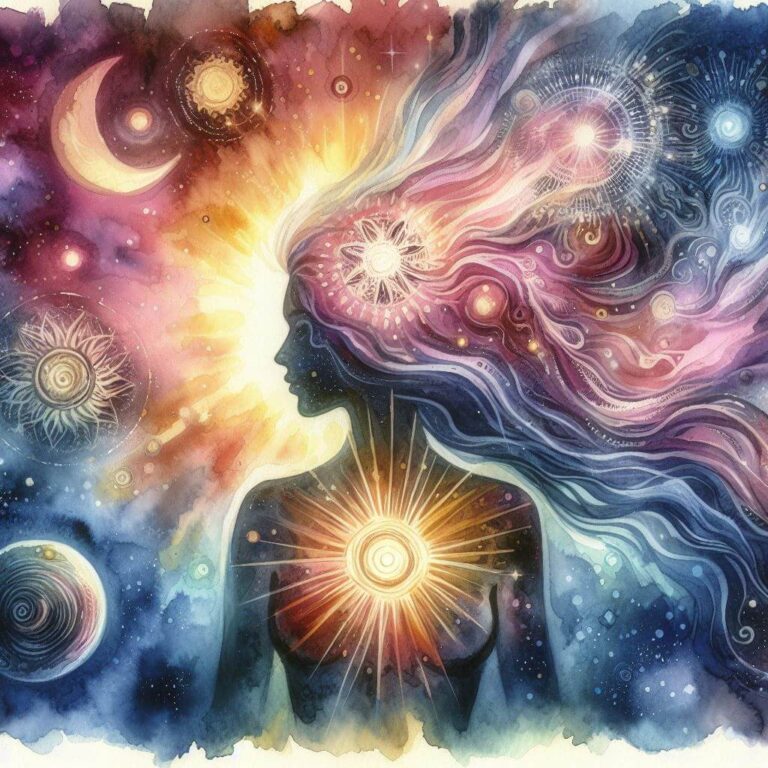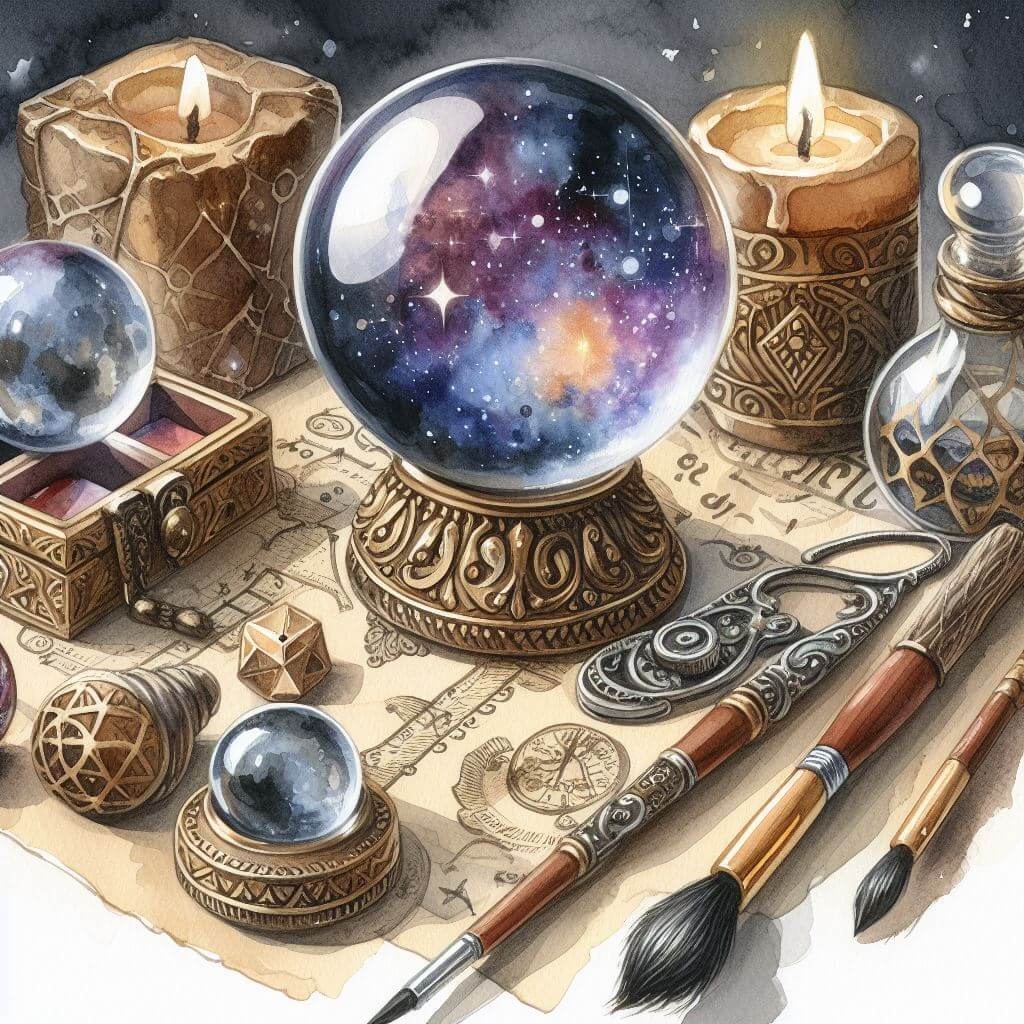
Divination, a term that might seem mystical and arcane, is a universal practice steeped in the history of human culture. It’s the art of gaining insight into the unknown and seeking answers to life’s mysteries through various tools and methods.
Divination tools, ranging from tarot cards to crystal balls, have been utilized across continents, each with its own unique cultural imprint and historical depth. This article aims to embark on a journey around the globe, exploring the fascinating diversity of divination tools that have guided humanity through centuries and continue to be relevant in today’s world.
The Ancient Art of Divination
Divination is as old as civilization itself, a practice that seeks to understand the hidden truths of our existence. It’s an attempt to communicate with the divine, understand the past, and foresee the future by interpreting signs and symbols. The significance of divination stretches far into our collective history, with early humans using tools like bones and stones to seek answers from the universe.
Across civilizations, divination has held cultural and spiritual importance. From the oracle bones of ancient China to the intricate Ifá system of the Yoruba people, cultures have relied on divination for guidance in matters of state, spirituality, and everyday life. It’s more than a tool—it’s a bridge between humans and the metaphysical world, a testament to our enduring quest to comprehend the unknown.
Astrology – Mapping the Stars
One of the most universal forms of divination is astrology, a study that aligns the stars with our destinies. Astrology is not just about horoscopes in newspapers; it’s an intricate system that maps the celestial bodies’ positions at the precise moment of a person’s birth, known as a natal chart.
Natal charts, and complex diagrams detailing the positioning of the sun, moon, and planets at the time of birth, are essential tools in astrology. They offer guidance, serving as celestial blueprints of a person’s life. Interpreting a natal chart can provide insights into one’s personality, potential challenges, and opportunities, making astrology a guiding star in the vast universe of divination tools.
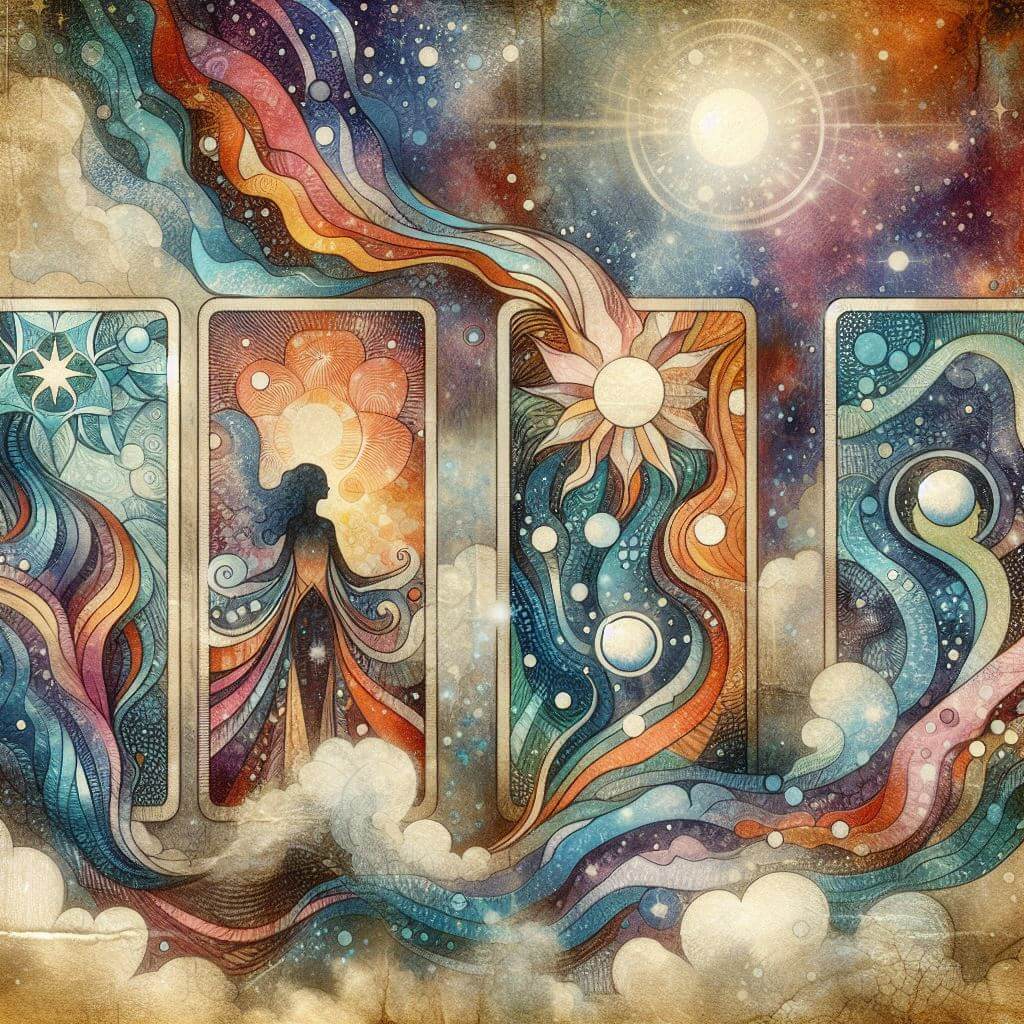
Tarot Cards – Windows to the Soul
Tarot cards, often shrouded in mystery and intrigue, serve as a profound divination tool. The Tarot deck comprises 78 cards divided into two parts: the Major Arcana and the Minor Arcana. The 22 Major Arcana cards represent life’s spiritual and karmic lessons, while the 56 Minor Arcana cards reflect everyday trials and tribulations.
Tarot readings involve shuffling the deck and laying out the cards in a specific spread, each position signifying a different aspect of the querent’s life. The reader then interprets the cards based on their positions, symbols, and relationships with each other. While the imagery might seem cryptic, each card holds a mirror to the soul, revealing insights about one’s personal journey.
Runes – The Alphabet of Mysteries
Runes, an ancient alphabetic script used by Germanic and Nordic tribes, have been a powerful divination tool for centuries. Each rune is not just a letter, but a symbol imbued with profound meaning, capturing a slice of the cosmic power.
In contemporary divination, runes are typically cast on a cloth or inside a circle. The reader then interprets the runes that land face up, considering their positions and relationships to each other. For instance, ‘Fehu’, the cattle rune, represents wealth, while ‘Raidho’, the ride rune, symbolizes journey and evolution. Mastering the runes involves understanding these symbols and the stories they tell about our lives.
Crystal Balls – Gazing Beyond the Veil
Crystal balls have long been associated with fortune-telling, their clear, reflective surfaces inviting one to gaze beyond the veil of reality. This practice, known as scrying, involves focusing on the crystal ball to enter a meditative state, where images or symbols may appear.
Preparing for a crystal ball session often involves creating a calm, quiet space, where the mind can focus without distractions. Interpreting crystal ball visions is much like interpreting dreams—it’s subjective and often relies on personal intuition and symbolism. Despite their mystique, crystal balls are simply tools to unlock our own inner wisdom and intuition.
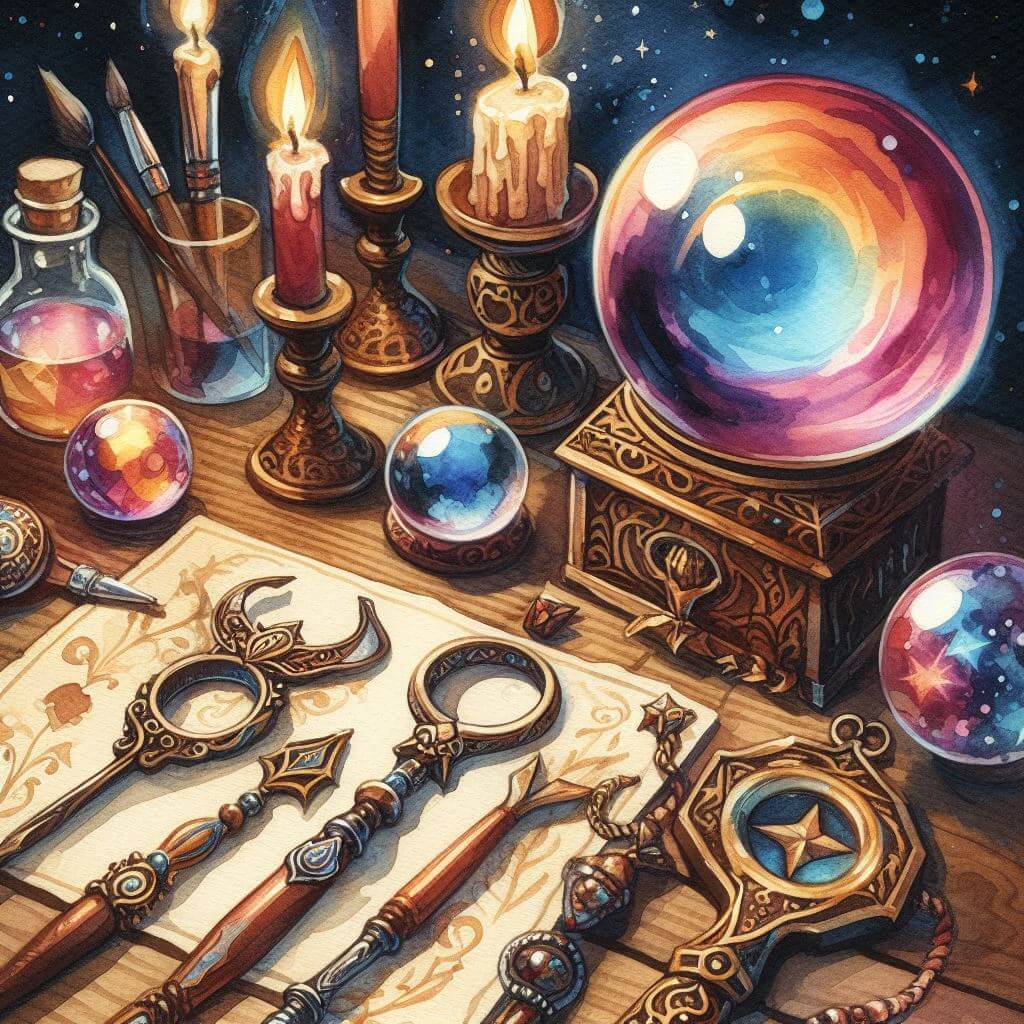
Pendulums – The Art of Dowsing
Pendulums, simple tools consisting of a weight suspended from a string or chain, are used in the divination practice known as dowsing. They are typically employed to answer yes/no questions or locate objects or energy fields.
To conduct a pendulum reading, one must first establish the pendulum’s movements for ‘yes’, ‘no’, and ‘maybe’. Once these signals are clear, the reader asks their question and observes the pendulum’s swing. Despite their simplicity, pendulums can serve as effective divination tools, tapping into the subconscious mind’s wisdom.
Africa: Ifá Divination System
In the heart of Africa, the Yoruba people of Nigeria have developed a sophisticated divination system known as Ifá. Central to this practice are the sacred palm nuts, Ikin, and the divination chain, Opele, tools used by the Ifá priest, or Babalawo, to communicate with the spiritual realm.
The Babalawo casts the Opele or counts the Ikin to create binary patterns, which correspond to 256 distinct verses or stories known as Odu. These Odu contain the wisdom of Ifá, providing guidance on everything from spiritual matters to everyday concerns. The Ifá divination system is a testament to the rich spiritual heritage of Africa and its profound understanding of the universe’s intricacies.
Asia: Feng Shui Compass and I Ching
Feng Shui Compass – The Harmony of Space
The ancient Chinese art of Feng Shui focuses on harmonizing individuals with their surroundings. A crucial tool in this practice is the Luopan or Feng Shui compass. The Luopan, marked with various concentric rings of Chinese characters, is used to analyze the energy, or ‘Qi’, of a space.
By aligning the compass with the building’s main entrance or the occupant’s birth data, Feng Shui practitioners can assess how the environment’s energies could impact the individual’s life areas, such as wealth, health, and relationships. The Luopan is thus a compass not just for direction, but for life itself.
I Ching – The Book of Changes
The I Ching, or ‘Book of Changes’, is an ancient Chinese text used for divination. Its origins date back over 3,000 years, making it one of the oldest surviving books in the world.
Casting the I Ching involves throwing three coins six times to create a hexagram, a six-line symbol made up of solid (Yang) or broken (Yin) lines. Each of the 64 possible hexagrams corresponds to a specific passage in the I Ching, offering wisdom and guidance. The I Ching is not merely a predictive tool; it’s a philosophical guide, providing insights into the natural world’s dynamic balance.
Europe: Ouija Board
The Ouija board, also known as a spirit or talking board, has a unique place in European spiritualism. Originating in America during the 19th-century spiritualist movement, it quickly spread to Europe, where it became a popular divination tool.
The board, marked with letters, numbers, and words like ‘yes’, ‘no’, and ‘goodbye’, is used with a planchette, a small heart-shaped piece that moves to spell out messages. Users place their fingers lightly on the planchette, which is then guided by unseen forces to answer questions or deliver messages from the spirit world. Despite its controversial reputation, the Ouija board remains a fascinating tool in the exploration of the unseen.
North America: Medicine Wheel
The Medicine Wheel, a sacred symbol among Native American tribes, particularly those of the Plains, is a powerful tool for spiritual guidance. It represents the circle of life, with each direction—East, South, West, and North—corresponding to a different stage of life, element, color, and aspect of nature.
The East might represent birth or beginnings, associated with the rising sun. The South could symbolize youth and vitality, the West might signify adulthood and introspection, and the North could represent wisdom and the end of life’s cycle.
Using the Medicine Wheel for guidance involves introspection and the understanding of one’s place within this cosmic cycle. It’s a tool for self-discovery and spiritual growth, teaching us to live in harmony with nature and ourselves.
South America: Coca Leaf Reading
In the Andean region of South America, the coca leaf holds a special place. Revered for its medicinal properties and cultural significance, it’s also a crucial tool in divination.
Coca leaf reading, or Coca Divination, is an ancient practice among the indigenous people of the Andes. The diviner, or Coca Shaman, prays over the coca leaves before casting them onto a cloth. The patterns in which the leaves fall can reveal insights about health, relationships, or future events.
This practice is deeply interwoven with Andean culture and spirituality, reflecting a worldview where the sacred and mundane are seamlessly intertwined. The coca leaf, in its humble simplicity, serves as a bridge between the human and the divine, offering guidance through life’s complexities.
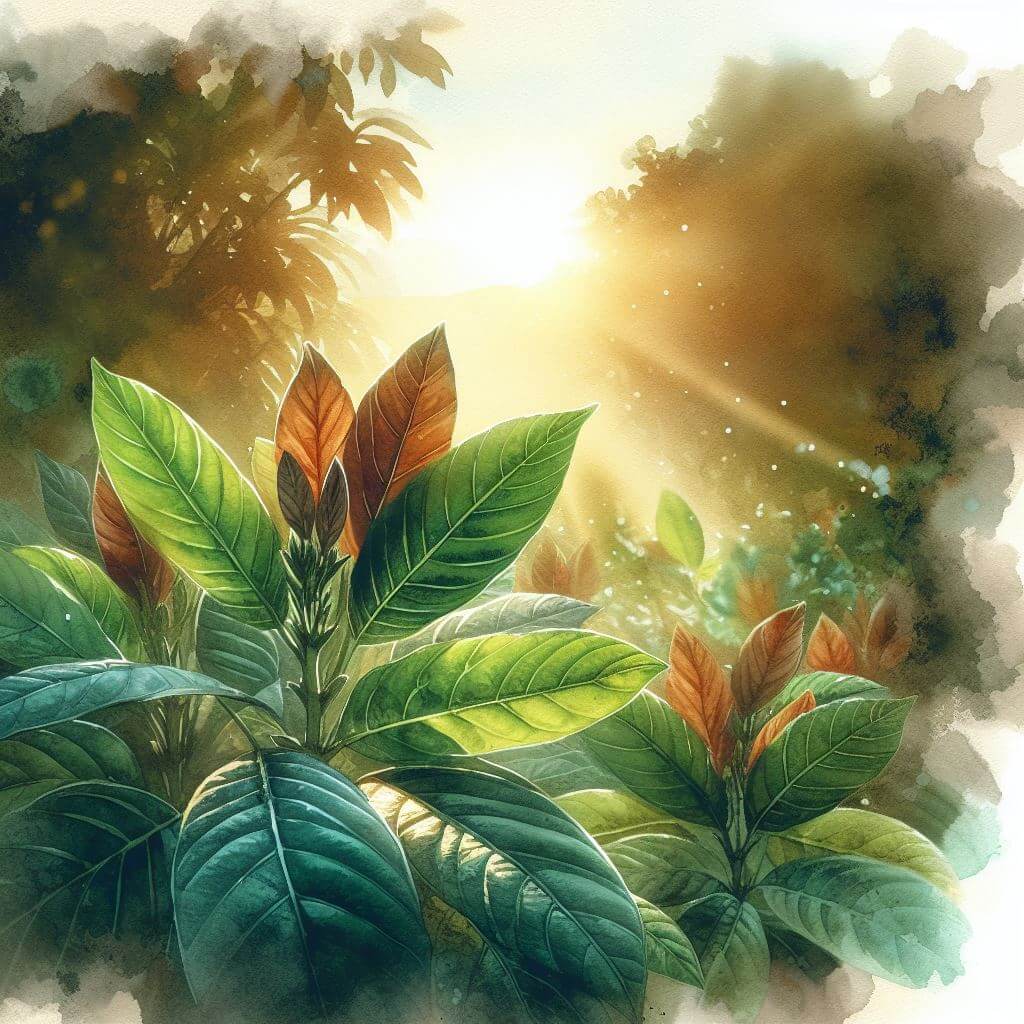
Australia/Oceania: Kau Cim
Kau Cim, a form of fortune-telling originating from China, found its way to Oceania through the migration of Chinese communities. Also known as Chien Tung or Chinese Fortune Sticks, this practice involves shaking a bamboo cylinder filled with sticks until one falls out. Each stick is inscribed with a number that corresponds to a specific prediction or piece of advice.
In Oceania, particularly in regions with significant Chinese influence like Australia, Kau Cim remains a familiar sight in Buddhist and Taoist temples. Despite its geographical journey, the essence of Kau Cim remains the same—a tool for individuals seeking guidance from the divine.
Antarctica
Interestingly, Antarctica, the icy frontier of the world, lacks indigenous divination practices due to its inhospitable environment. However, scientists and researchers stationed there often interpret environmental signs, such as weather patterns and animal behavior, to make predictions. While not divination in the traditional sense, this practice reflects the universal human instinct to seek meaning in the world around us.
Divination Tools: Humanity’s Search for Wisdom and Clarity
From the Medicine Wheel of North America to Kau Cim in Oceania, divination tools are as diverse as the cultures they originate from. These practices reflect the universal human desire to understand the unknown and to seek guidance amidst uncertainty.
As we navigate the labyrinth of life, these divination tools can potentially serve as our compass, guiding us toward self-discovery and wisdom. They remind us that while the future may be shrouded in mystery, we are never alone in our quest to unravel it. As you contemplate these tools, consider this: perhaps the real divination is the journey of understanding they ignite within us.


